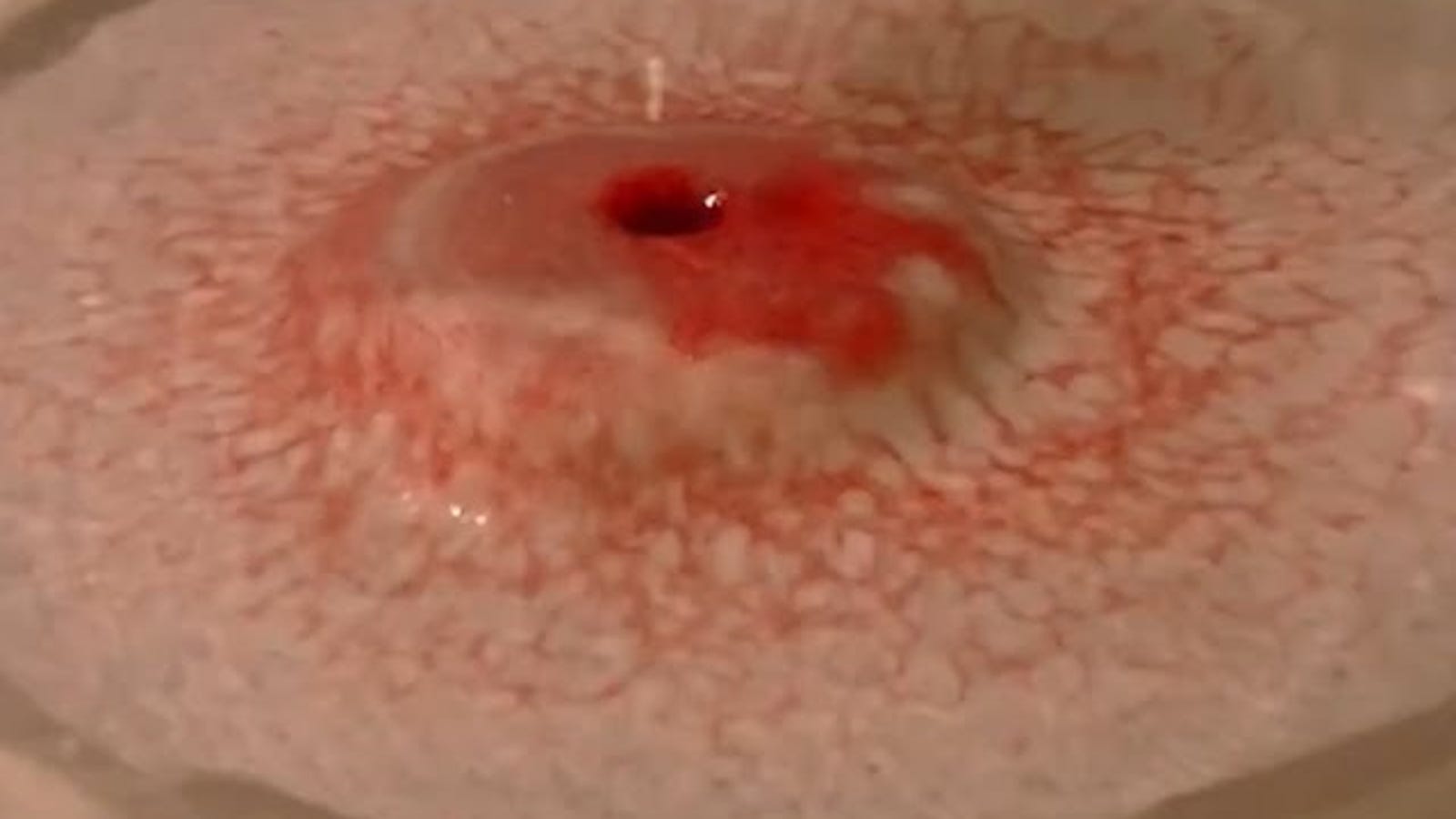Hydrogen peroxide is a common antiseptic used to clean and disinfect cuts and wounds. It is a pale blue liquid that is easily available in drug stores and pharmacies. Many people use it as a first-aid remedy to prevent infections and promote healing. However, there are some misconceptions about its effectiveness and safety. In this article, we will explore the benefits and risks of using hydrogen peroxide on cuts.
How does hydrogen peroxide work?
Hydrogen peroxide is a powerful oxidizing agent that breaks down into water and oxygen when it comes in contact with organic matter, such as bacteria, viruses, and fungi. This process releases free radicals that destroy the cell membranes and proteins of the microorganisms, thereby killing them. Hydrogen peroxide also helps to remove debris and foreign particles from the wound surface, allowing the healing process to begin.
How to use hydrogen peroxide on cuts?

To use hydrogen peroxide on cuts, follow these steps:
- Wash your hands thoroughly with soap and water.
- Rinse the cut with cool running water to remove any dirt or debris.
- Dry the area around the cut with a clean towel.
- Pour a small amount of hydrogen peroxide directly onto the wound.
- Wait for a few seconds until the solution stops bubbling.
- Rinse the wound again with cool water.
- Pat the area dry with a clean towel.
Repeat this process two to three times a day until the wound heals completely. Do not use hydrogen peroxide on deep or puncture wounds or burns, as it can damage the healthy tissue and delay the healing process.
Benefits of using hydrogen peroxide on cuts

Hydrogen peroxide has several benefits when used on cuts, including:
- It kills bacteria, viruses, and fungi that can cause infections.
- It helps to remove dirt, debris, and foreign particles from the wound.
- It promotes the healing process by increasing oxygen supply to the cells.
- It is easy to use and readily available.
Risks of using hydrogen peroxide on cuts

Despite its benefits, hydrogen peroxide has some risks when used on cuts, including:
- It can cause skin irritation, redness, and itching.
- It can damage healthy tissue and delay the healing process if used on deep or puncture wounds.
- It can interfere with the natural healing process by killing healthy cells along with the microorganisms.
- It can bleach clothing and bed sheets if not rinsed properly.
Precautions to take when using hydrogen peroxide on cuts

To minimize the risks of using hydrogen peroxide on cuts, follow these precautions:
- Do not use hydrogen peroxide on deep or puncture wounds or burns.
- Do not use hydrogen peroxide on sensitive skin or near the eyes.
- Do not use hydrogen peroxide on open wounds for more than a week.
- Do not mix hydrogen peroxide with other chemicals, such as vinegar or bleach.
- Store hydrogen peroxide in a cool, dark place away from sunlight and heat.
- Dispose of hydrogen peroxide properly, as it can be hazardous to the environment.
Conclusion
Hydrogen peroxide can be a useful antiseptic for cleaning and disinfecting cuts and wounds. However, it should be used with caution and only on superficial wounds. Deep or puncture wounds require medical attention and should not be treated with hydrogen peroxide. If you experience any adverse reactions or symptoms, such as redness, itching, or pain, stop using hydrogen peroxide and consult a doctor.